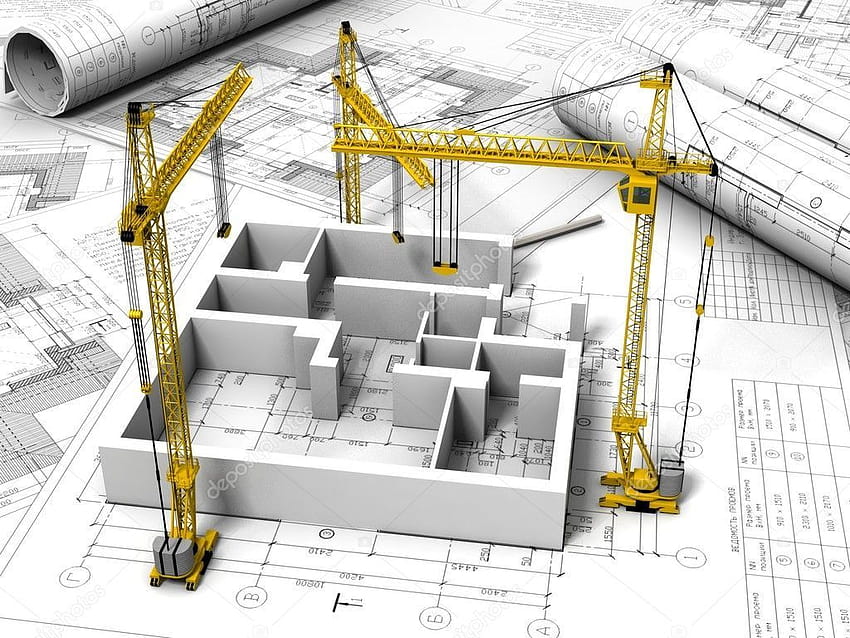
In today’s fast-paced world, the intersection of engineering, management, and architecture has never been more critical. As we strive for innovative solutions to complex challenges, these disciplines merge to create a unified approach to design and construction. Structures Insider emerges as a key platform, providing valuable insights into how these fields collaborate to foster creativity and efficiency in building practices. By understanding the synergies between engineering principles, effective management strategies, and architectural vision, professionals can unlock new potentials and redefine the possibilities within their projects.
With the evolution of technology and the increasing demand for sustainable solutions, the roles of engineers, managers, and architects have become more intertwined than ever. This collaboration not only enhances the functionality of structures but also improves their aesthetic appeal and environmental impact. Structures Insider aims to explore these dynamics, showcasing success stories and innovative strategies that challenge traditional boundaries. As we delve deeper into the blueprints of success, we will discover how the fusion of these disciplines leads to groundbreaking achievements in the field, demonstrating the importance of teamwork and interdisciplinary approaches in shaping our built environment.
Interdisciplinary Collaboration
Structural engineering
In the modern landscape of engineering, management, and architecture, interdisciplinary collaboration is essential for fostering innovation and addressing complex challenges. By bringing together diverse expertise, teams can leverage varied perspectives that enhance problem-solving and creativity. This synergy enables professionals to break down traditional silos, ensuring that solutions are both comprehensive and effective. For instance, architects can provide insights on aesthetics and functionality while engineers focus on feasibility and sustainability, resulting in projects that are not only structurally sound but also visually appealing.
Effective communication is the cornerstone of successful interdisciplinary collaboration. Establishing clear channels for dialogue allows team members to share insights, identify potential issues early, and align their goals. Regular meetings and collaborative tools play a crucial role in maintaining transparency and fostering a shared vision. Additionally, cultivating a culture of respect and open-mindedness encourages individuals to contribute their unique perspectives, ultimately leading to more innovative outcomes. Teams that value each member’s input are more likely to produce solutions that exceed client expectations.
Moreover, interdisciplinary collaboration can significantly enhance the educational experience of emerging professionals in these fields. By engaging in teamwork that spans multiple disciplines, students and young professionals learn to appreciate the interconnected nature of engineering, management, and architecture. This integrated approach not only enriches their skill sets but also prepares them for the demands of the modern workforce. As they gain experience in collaborative environments, individuals develop a holistic understanding of how to approach projects, manage resources, and deliver effective solutions that meet diverse stakeholder needs.
Innovative Engineering Practices
Innovative engineering practices are shaping the future of infrastructure and design, focusing on sustainability and efficiency. Engineers are increasingly using advanced technology such as Building Information Modeling (BIM) to create accurate 3D models of structures before construction begins. This technology allows for better decision-making, reducing errors and ultimately saving time and costs. Moreover, the integration of renewable energy sources into engineering designs is becoming a priority, prompting engineers to adopt strategies that minimize environmental impact while maximizing energy efficiency.
Another key trend in innovative engineering is the emphasis on modular construction. This approach involves prefabricating components in a controlled environment, which not only speeds up the building process but also enhances quality control. By assembling these modules on-site, construction timelines can be significantly reduced, resulting in cost savings and less disruption to the surrounding area. This method is gaining traction in various sectors, including residential, commercial, and institutional projects, reflecting a shift towards more agile construction practices.
Collaboration between engineers, architects, and project managers is essential for fostering innovation in engineering practices. Interdisciplinary teams are able to blend their expertise, leading to creative solutions that address complex challenges. This synergy encourages diverse perspectives, facilitating the development of structures that are not only aesthetically pleasing but also functional and durable. As Engineering continues to evolve, the importance of teamwork across various fields will only increase, paving the way for groundbreaking advancements in the built environment.
Architectural Management Strategies
Effective architectural management requires a well-defined strategy that harmonizes the creative design process with project execution. Prioritizing clear communication among stakeholders is essential. This means establishing a collaborative environment where architects, engineers, and management teams can share ideas and feedback openly. Utilizing digital tools for project management enhances transparency and ensures that everyone is aligned with the project objectives, timelines, and budgets.
Another critical aspect is the integration of sustainability practices into architectural management. By focusing on environmentally friendly designs and materials, firms can not only reduce their carbon footprint but also appeal to a growing market that values sustainability. This requires managers to stay informed about the latest sustainable technologies and practices, promoting a culture of innovation that encourages teams to think creatively about resource efficiency in their projects.
Finally, investing in professional development for teams is vital for long-term success. Encouraging continuous learning and adaptation to new methods, technologies, and design philosophies fosters an environment where architects can thrive. This not only enhances the skill set of the team but also leads to innovative solutions that can set a firm apart from its competitors. By focusing on these strategies, architectural management can significantly improve project outcomes and drive success in the industry.
